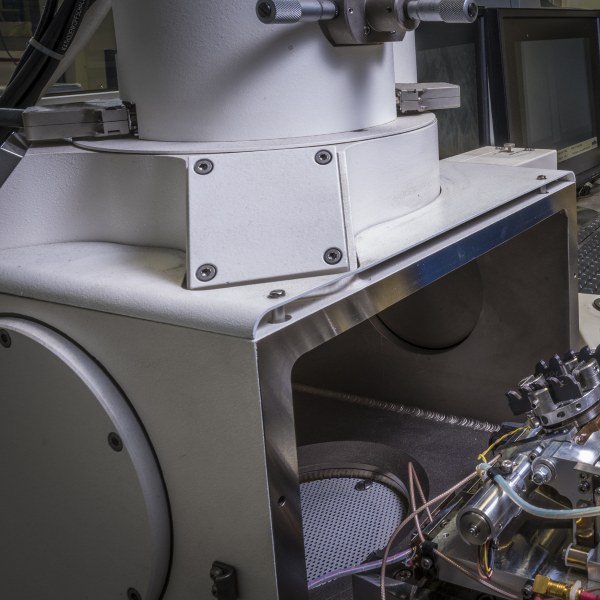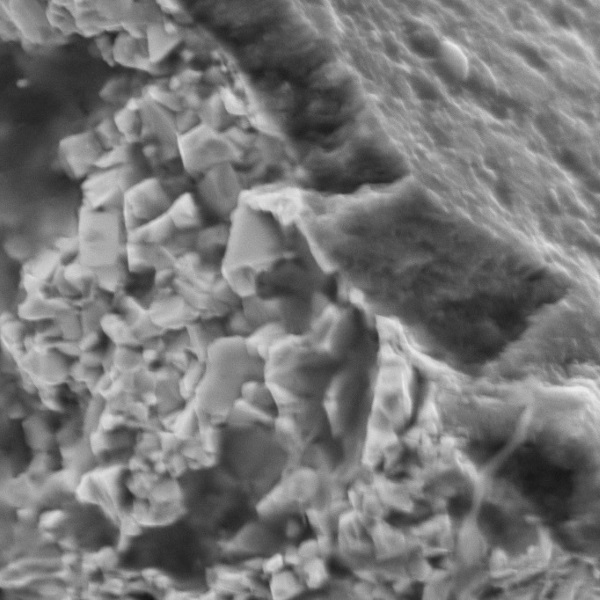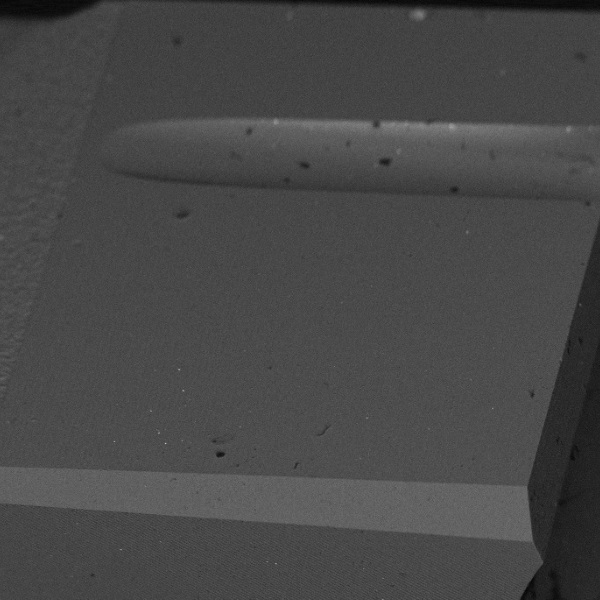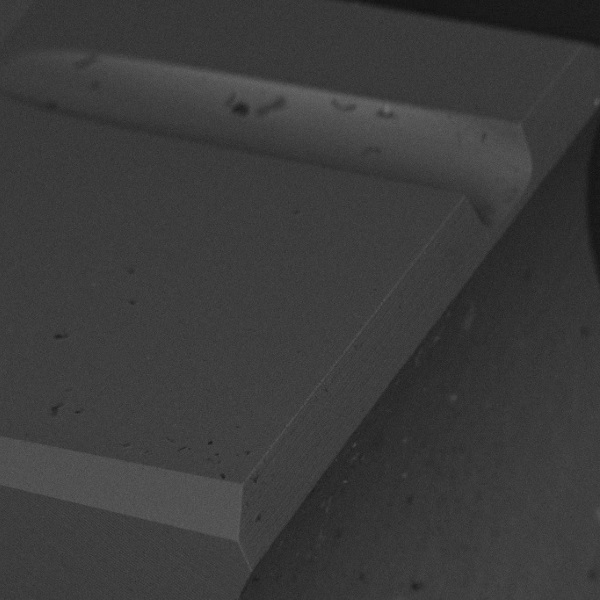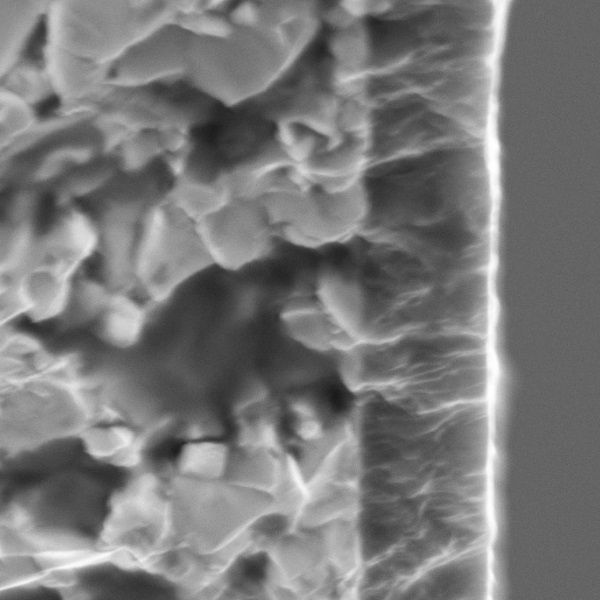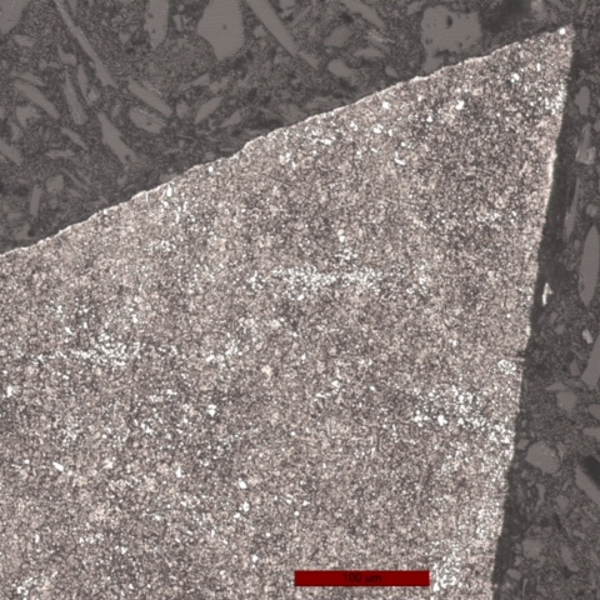Our R&D department is at the heart of our business. In the last 5 years we have invested heavily in research and development of new products, new measurement instruments and new special machines. Our team of engineers is a perfect mix of dynamic individuals with a keen interest in innovation, and more than twenty years’ experience. Weekly team meetings and reviews are used to keep all members focused on problem solving and innovation. The outcome is continuous improvement of our saw blades in order to ensure they are suitable for the evolving market. To provide the best solutions, all our customers have access to our technicians and application specialists whenever required.
OUR LABORATORY
An important part of our R&D department is that our laboratory allows us to verify the right execution of all our important processes, such as heat treatment (hardening and tempering process), coatings, grinding etc.
Our engineers attend daily production to control all the processes. Every day we measure the hardness (HRc), the micro hardness (HV), and carry out S.E.M and metallographic analysis on samples, their roughness, as well as controlling the correct execution of surface treatments and coatings. All the resources are very important in guaranteeing the continuing development of our products. The high levels of experience acquired in the mechanical field, and with regard to heat treatments and coatings, allow us to guarantee their perfect execution. We have strict control of the raw materials, and all the important parameters pertaining to our saw blades. The laboratory has a further important function – that of performing all the quality control tests in accordance with ISO 9001 norms.
S.E.M. ANALISYS
Julia invested a lot of money to improve research possibilities, and have acquired the best instruments to achieve this. The last important investment was the Scanning Electron Microscope (S.E.M). This very complex electronic microscope produces the images of a sample by scanning the surface with a focused beam of electrons. The electrons interact with the atoms of the sample, producing various signals that contain detailed information about the sample’s surface topography, its chemical composition and the dimensions of the HSS and HM micro grain. The electron beam is scanned in a raster scan pattern, and the beam’s position is combined with the detected signal to produce a 3D image. The S.E.M microscope can achieve resolution better than 1 nanometer (1/100.000 mm.) and must be observed in high vacuum. The S.E.M is a very important instrument for our R&D because through the detection of secondary electrons emitted by atoms excited by the electron beam we can obtain and analyse a lot of information about the material. By scanning the sample and collecting the secondary electrons that are emitted using a special detector, an image displaying the topography of the surface is created. With this technology we can analyse the coating films, their composition and their thickness. We can also verify the quality of the tungsten carbide and cermet.
METALLOGRAPHIC ANALISYS
It is essential we attain the correct steel structure after heat treatment, and to ensure this, we analyse the micro structure during hardening and tempering. To enable this analysis, we have in our laboratory all the specific machines to prepare the steel samples by various methods of grinding, polishing and etching. After preparation the steel sample is analysed under the metallographic microscope to verify if the steel structure obtained is right. With our microscope we can also see inclusions or very small defects. To obtain the best performance, the HSS circular saw blades must guarantee very small martensite grains and a very low percentage of residual austenitic structure. Our customers can be sure all our HSS circular saw blades have the best possible structure.


